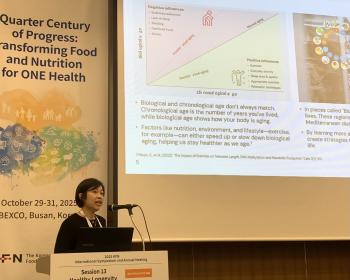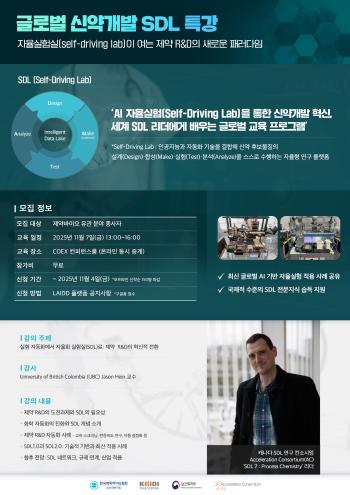What's brown fat… The research team reduces the body mass index and visceral obesity of people conceived when it is cold
Apr 08, 2025
|
The research team analyzed BAT density, activity, and heat generation in 683 men and women aged 3 to 78 and compared BMI and visceral obesity, and found that in the cold season, energy consumption is high, body mass index (BMI) is low, and the possibility of visceral obesity is reduced.
Brown fat is brown because it contains a large amount of iron-rich mitochondria, which play a role in generating heat. When exposed to cold weather, brown adipose tissue, which burns energy and helps maintain body temperature, becomes active, reducing fat stored in white fat form.
In this study, the research team analyzed brown fat tissue density, activity, and heat generation, estimated the time of fertilization based on the date of birth, and compared how the cold or warm temperatures exposed to parents during pregnancy and childbirth affected it.
As a result, people with cold gestational time showed higher activity of brown adipose tissue than those with hot season (16 April-15 October).
Among those conceived in the cold season, the proportion of those with highly active BAT was 78.2%, but only 66.0% of the group conceived in the hot season had BAT. However, the season at birth did not appear to affect the presence or absence of BAT.
The research team explained that people conceived in the cold season were more active in brown adipose tissue than those conceived in the warm season, resulting in increased energy consumption, lower BMI, and less likely to accumulate fat around internal organs. The results also show that low external temperatures and large daily temperatures during the pre-pregnancy period are factors that determine children's brown adipose tissue activity, suggesting that weather conditions at the time of conception could potentially affect their physiology.
On the other hand, in addition to temperature, capsaicin in spicy food, catechin in green tea, and omega-3 fatty acids are known to promote brown fat activation. Brown fat is attracting attention in the possibility of preventing and treating obesity and metabolic diseases, and research related to this is being actively conducted.
This article was translated by Naver AI translator.














